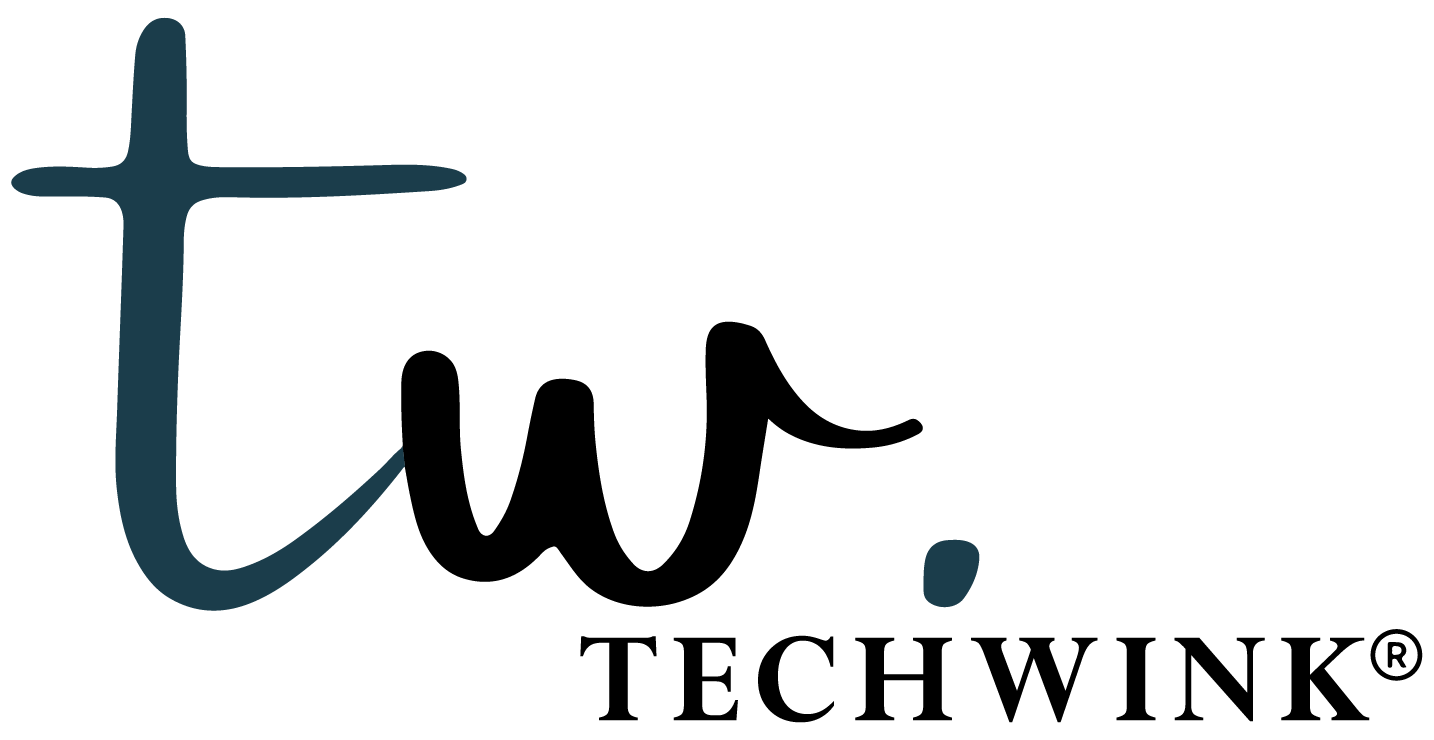
Amazon SEO: How to Rank Highly for Amazon Searches
If you’re selling on Amazon, mastering Amazon SEO (Search Engine Optimization) is crucial to getting your products in front of millions of potential buyers.
Just like Google, Amazon has its own search algorithm — called A9 — that determines which products show up first when customers search. Ranking higher in Amazon searches means more visibility, more clicks, and ultimately, more sales.
In this guide, we’ll explain how Amazon SEO works and how you can effectively improve your rankings.
1. How Amazon SEO Functions
Amazon’s mission is simple: to show customers the products they’re most likely to buy.
Unlike Google (which focuses on delivering information), Amazon focuses on driving sales conversions.
Its A9 algorithm considers two main factors:
-
Relevance: How closely your product matches the customer’s search query.
-
Performance: How effectively your listing converts traffic into sales (measured by click-through rate, reviews, and purchase history).
👉 To rank higher, your product listing must be keyword-optimized and also convincing enough to convert visitors into buyers.
2. Keyword Research: The Foundation of Amazon SEO
Keywords form the backbone of Amazon SEO. They help Amazon’s algorithm understand what your product is and when to show it in search results.
Use keyword tools like:
-
Helium 10
-
Jungle Scout
-
AMZ Suggestion Expander
Find high-traffic, relevant keywords and strategically place them in:
-
Product Title
-
Bullet Points
-
Description
-
Backend Search Terms
⚠️ Avoid keyword stuffing. Amazon’s algorithm recognizes unnatural repetition. Write naturally, balancing SEO and readability.
3. Optimize Your Product Title
Your product title is the most crucial on-page SEO element. It’s the first thing both Amazon’s algorithm and customers see.
An optimized product title should include:
-
Main Keyword
-
Brand Name
-
Key Features (size, color, model, quantity)
-
Unique Selling Point
✅ Example:
Instead of “Wireless Headphones”, write:
“Sony Wireless Bluetooth Headphones with Noise Cancellation, 30-Hour Battery, Over-Ear Design – Black.”
This title naturally includes relevant keywords while staying clear and appealing.
💡 Tip: Keep your title under 200 characters for proper display on all devices.
4. Create Engaging Bullet Points and Descriptions
Bullet points are your opportunity to highlight product benefits and convince buyers.
-
Focus each bullet on a unique feature (durability, comfort, performance, etc.)
-
Incorporate secondary keywords naturally
Your product description should go beyond basic specs — tell a story.
Explain how your product solves a problem or improves the buyer’s life.
📄 Use HTML formatting (bold, line breaks) for better readability and structure.
5. Include High-Quality Images and Videos
Visuals play a huge role in conversion rates, directly influencing your ranking.
✅ Best practices:
-
Use high-resolution images (at least 1000×1000 pixels)
-
Show the product from multiple angles
-
Include lifestyle shots showing real-world use
-
Add videos or 360° views for better engagement
High-quality visuals not only attract buyers but also build trust and drive sales.
6. Utilize Backend Search Terms
Backend keywords are hidden from shoppers but highly valuable for SEO.
Use them to include:
-
Alternative spellings
-
Synonyms
-
Long-tail keywords you couldn’t fit in visible content
⚠️ Avoid duplicating keywords already used in the title or bullet points — Amazon ignores duplicates.
7. Emphasize Reviews and Ratings
Amazon rewards listings with positive customer feedback.
⭐ High ratings = higher rankings.
Encourage happy customers to leave reviews by:
-
Sending polite follow-up messages (within Amazon’s guidelines)
-
Providing excellent customer support
Address negative feedback quickly and use it to improve your product or listing.
8. Optimize for Conversions
Your conversion rate heavily affects your SEO performance.
Boost conversions by ensuring:
-
Competitive pricing
-
High-quality images & videos
-
Persuasive, benefit-focused copy
-
Fast shipping (FBA preferred)
-
Consistent stock availability
⚠️ Going out of stock can dramatically drop your ranking.
9. Use Amazon Advertising to Boost Visibility
Amazon PPC (Pay-Per-Click) campaigns help drive initial traffic to your listings.
Running ads for priority keywords improves visibility and sends Amazon a strong signal that your product converts well for those searches, boosting organic ranking over time.
💡 Use Sponsored Products, Sponsored Brands, and Display Ads strategically for best results.
10. Regularly Monitor and Adjust
Amazon SEO is an ongoing process, not a one-time setup.
Track your:
-
Keyword performance
-
Conversion rates
-
Competitor strategies
Use tools like Helium 10 Analytics or Seller Central Reports to identify what’s working and what’s not.
🧠 Regularly update your listings with new keywords, improved images, and optimized copy to maintain top rankings.
Conclusion
Achieving a high Amazon ranking requires a mix of smart keyword strategy, optimized listings, and performance tracking.
By focusing on both visibility and conversion, you’ll climb Amazon’s search results and turn browsers into loyal customers.
Consistency, data-driven optimization, and attention to detail are the keys to long-term success in Amazon SEO.



